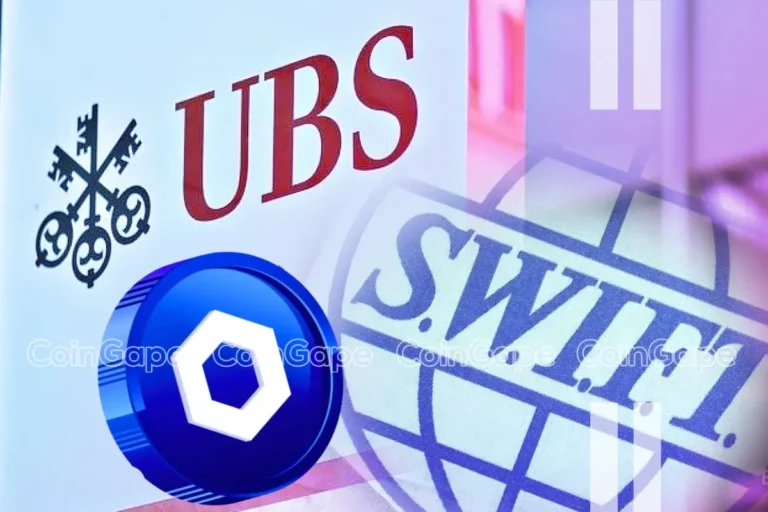Catchy Hook: UBS, the world’s largest private bank, is stepping into the future by launching its first tokenized money market fund on Ethereum. What does this mean, and why should young investors care about this move? Let’s break it down.
The Big Picture
UBS just launched a new financial product called uMINT—a tokenized money market fund—on Ethereum, the powerhouse blockchain that many know as the home of decentralized finance (DeFi). This makes UBS one of the latest big players in finance to embrace blockchain technology. But here’s the kicker: UBS isn’t alone. Giants like BlackRock and Franklin Templeton have also started exploring the idea of tokenized real-world assets.
What is Tokenization and Why Does it Matter?
Tokenization means converting physical or traditional financial assets (like stocks, real estate, or money market funds) into digital tokens on a blockchain. Think of it like this: instead of having a paper or a digital record of ownership in a bank, you have a token on a blockchain representing your share.
Why it matters:
- Accessibility: Tokenized assets can be traded more easily and with fewer middlemen. This means lower costs and faster transactions for investors.
- Transparency: Blockchain tech provides clear and traceable ownership records, making it harder for errors or fraud to slip through.
- Global Reach: With blockchain, someone sitting in one corner of the world can invest in assets in another part, breaking down traditional barriers.
What is uMINT?
The new uMINT fund is UBS’s tokenized version of a money market fund. Money market funds are investment vehicles that hold short-term, high-quality debt instruments—like U.S. Treasury bills or commercial paper. They are considered low-risk and aim to provide modest returns.
Key Terms to Remember:
- uMINT: UBS’s tokenized money market investment fund.
- Ethereum: The blockchain network where uMINT is launched.
- Tokenized Assets: Real-world assets converted into digital tokens on a blockchain.
Why Now?
UBS’s move isn’t random. The demand for tokenized financial products is on the rise, with more investors looking for secure and efficient investment options. Thomas Kaegi, a senior executive at UBS, pointed out that investors are increasingly hungry for assets that are easier to manage and trade, like tokenized versions.
Ethereum’s Role in Tokenization
Ethereum is the go-to blockchain for many large-scale tokenization projects. According to RWA.xyz, a dashboard that tracks real-world assets on-chain, Ethereum hosts over $3 billion in tokenized assets. This number has grown by nearly 4% in just the last month, showing that momentum is building.
Some other notable players in the field include:
- BlackRock’s $BUIDL: Holds over $523 million worth of U.S. Treasury assets.
- Franklin Templeton’s $FOBXX: An on-chain U.S. Government Money Fund with a market cap of about $408 million.
Why Should You Care?
Understanding the push towards tokenized assets can be a game-changer for your financial literacy and future career prospects. This isn’t just a trend; it’s a fundamental shift in how people will invest, trade, and own assets. Here’s why building knowledge in this field is crucial:
- Career Opportunities: As the finance world embraces blockchain, professionals who understand this technology will be in high demand.
- Investment Strategies: Knowing how tokenization works can help you make smarter investment decisions in the future.
- Innovation Insight: Keeping up with these advancements helps you see where finance, tech, and the economy are heading.
Final Thoughts
UBS’s entry into the blockchain world with its uMINT fund signals that tokenization is more than a buzzword—it’s a growing reality in mainstream finance. The better you understand this now, the more equipped you’ll be to navigate the future of finance, which promises to be more open, efficient, and global.



